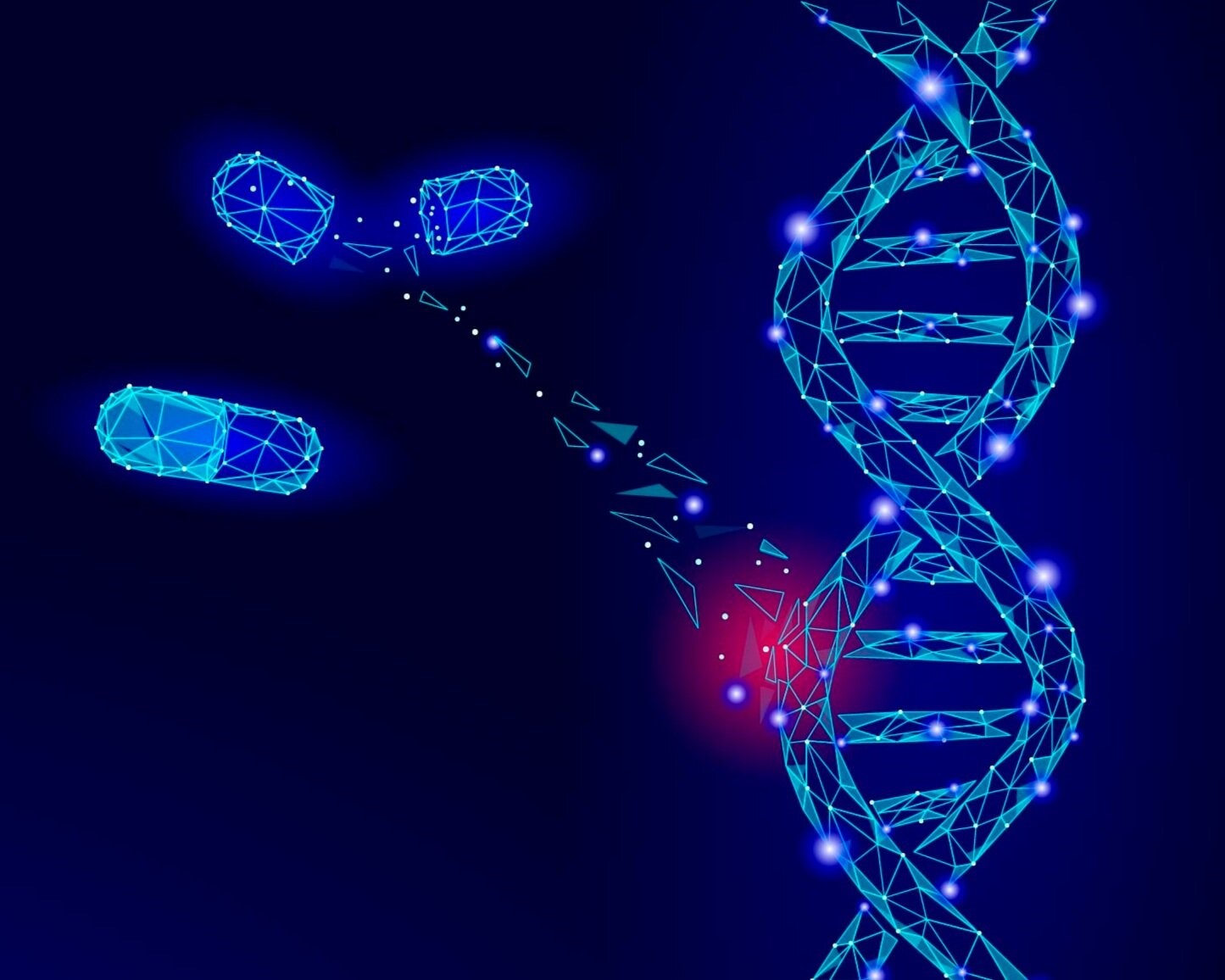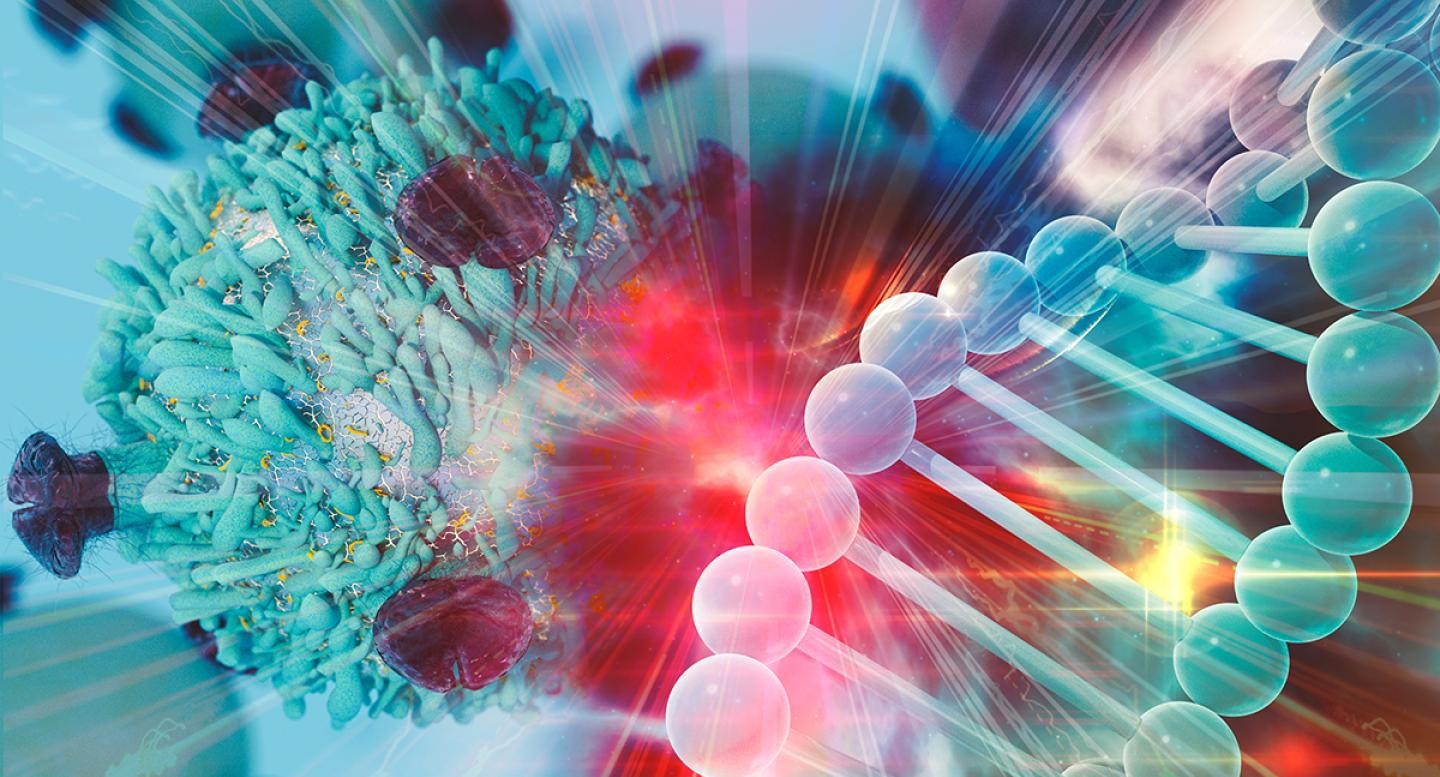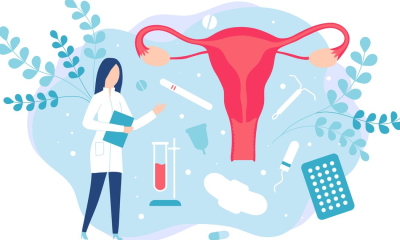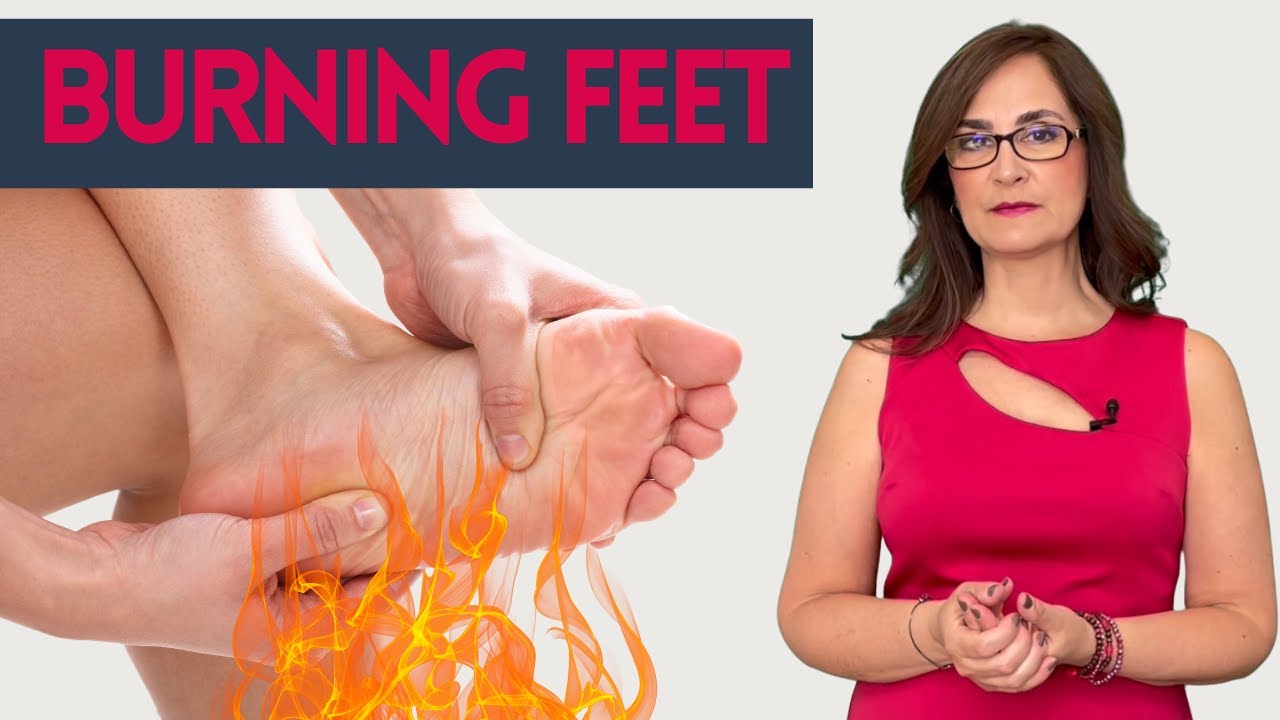health
The Future of Gene Therapy in Medical Treatments

Gene therapy, a groundbreaking medical treatment that involves altering the genes inside a patient’s cells to treat or prevent disease, has made significant strides over the past few decades. This innovative approach has the potential to revolutionize the medical field by providing cures for previously untreatable genetic disorders, improving the efficacy of existing treatments, and reducing the overall burden of chronic diseases. As we look to the future, the advancements in gene therapy hold promise for a new era of personalized medicine and transformative health care solutions.
Understanding Gene Therapy
Gene therapy works by introducing, removing, or altering genetic material within a patient’s cells. This can be achieved through various techniques, including:
- Gene Addition: Introducing a new or modified gene into the body to help treat a disease.
- Gene Correction: Repairing a faulty gene to restore its normal function.
- Gene Silencing: Deactivating a gene that is causing disease.
These approaches can be delivered using viral vectors, which are modified viruses that can carry the therapeutic genes into cells, or non-viral methods such as nanoparticles and direct injection of genetic material.
Current Applications and Success Stories
Gene therapy has already seen success in treating several genetic disorders and conditions. Some notable examples include:
- Spinal Muscular Atrophy (SMA): SMA is a severe genetic disorder that affects motor neurons, leading to muscle wasting and weakness. A gene therapy drug called Zolgensma has shown remarkable results in treating infants with SMA, significantly improving their motor function and survival rates.
- Inherited Retinal Diseases: Luxturna, a gene therapy for a specific type of inherited retinal dystrophy, has provided hope for patients facing blindness. By delivering a functional copy of the RPE65 gene to retinal cells, Luxturna has restored vision in many patients.
- Hemophilia: Gene therapy treatments for hemophilia, a disorder that impairs the blood’s ability to clot, have demonstrated the potential to provide long-term relief by introducing functional copies of the clotting factor genes.

Picture by: Yandex.com
The Promise of Gene Therapy in Cancer Treatment
One of the most exciting areas of gene therapy research is its application in cancer treatment. Traditional cancer therapies, such as chemotherapy and radiation, often come with severe side effects and are not always effective. Gene therapy offers a more targeted approach by focusing on the genetic mutations that drive cancer growth.
- CAR-T Cell Therapy: This innovative treatment involves modifying a patient’s own T cells to express chimeric antigen receptors (CARs) that can specifically target and kill cancer cells. CAR-T cell therapy has shown remarkable success in treating certain types of blood cancers, such as acute lymphoblastic leukemia (ALL) and non-Hodgkin lymphoma.
- Oncolytic Viruses: These are genetically modified viruses that selectively infect and kill cancer cells while sparing healthy cells. Oncolytic virus therapy has shown promise in treating various solid tumors and is currently being investigated in clinical trials.
Challenges and Ethical Considerations
Despite the promising advancements, gene therapy faces several challenges that need to be addressed to ensure its safe and effective implementation:
- Delivery Methods: Efficiently delivering the therapeutic genes to the target cells remains a significant hurdle. Viral vectors, while effective, can sometimes trigger immune responses or cause insertional mutagenesis, leading to unintended genetic changes. Non-viral delivery methods are being explored to mitigate these risks.
- Cost: Gene therapy treatments are often extremely expensive, limiting their accessibility to patients. Developing cost-effective production methods and ensuring equitable access to these therapies is crucial for their widespread adoption.
- Long-term Effects: The long-term safety and efficacy of gene therapy are still under investigation. Continuous monitoring and follow-up studies are necessary to understand the potential risks and benefits over time.
Ethical considerations also play a vital role in the development and application of gene therapy. Issues such as informed consent, genetic privacy, and the potential for germline modifications (which would affect future generations) need to be carefully navigated to ensure ethical standards are upheld.
The Future Outlook
The future of gene therapy in medical treatments looks incredibly promising, with ongoing research and development paving the way for new and innovative therapies. Some key areas of focus include:
- Personalized Medicine: Gene therapy has the potential to usher in an era of personalized medicine, where treatments are tailored to an individual’s genetic makeup. This could lead to more effective and targeted therapies with fewer side effects.
- CRISPR and Gene Editing: The advent of CRISPR-Cas9 and other gene-editing technologies has revolutionized the field of genetic research. These tools allow for precise and targeted modifications of the genome, opening up new possibilities for treating a wide range of genetic disorders.
- Regenerative Medicine: Combining gene therapy with stem cell research holds promise for regenerative medicine. By reprogramming cells to repair or replace damaged tissues and organs, this approach could provide treatments for conditions such as heart disease, diabetes, and neurodegenerative disorders.
Conclusion
Gene therapy represents a paradigm shift in medical treatments, offering the potential to cure genetic disorders, improve cancer therapies, and pave the way for personalized medicine. While challenges and ethical considerations remain, the rapid advancements in this field are poised to transform the future of healthcare. As research continues to evolve, gene therapy holds the promise of a healthier and more hopeful future for patients worldwide.
health
Step Towards Relief: Dr. Irl Hirsch on Causes of Burning Feet
Food Drink
Balancing Starchy Vegetables: Expert Tips for Diabetes Diet

Introduction
Starchy vegetables like potatoes, corn, and peas can fit into a healthy diabetes diet when balanced correctly. Many people with diabetes fear these foods because they raise blood sugar. Yet these vegetables offer fiber, vitamins, and minerals essential for good health. With smart planning—using portion control, choosing cooking methods wisely, and pairing veggies with protein and healthy fats—you can enjoy starchy vegetables without big blood sugar swings. In this article, we share expert tips on how to balance starchy vegetables, manage glycemic control, and boost overall nutrition in a simple, practical way.
Understanding Starchy Vegetables and Glycemic Impact
Starchy vegetables have more carbohydrates than non-starchy ones like broccoli or spinach. Carbohydrates break down into sugar, which enters the bloodstream. The glycemic index (GI) measures how fast a food raises blood sugar. High-GI foods spike levels quickly, while low-GI foods cause a slower rise. Most starchy vegetables fall into the medium-GI category. For example:
- White Potato (baked): GI around 85 (High)
- Sweet Potato (boiled): GI around 63 (Medium)
- Corn (boiled): GI around 52 (Low)
- Green Peas (boiled): GI around 51 (Low)
By choosing lower-GI options and controlling portions, you can keep blood sugar stable while enjoying these nutritious foods.
Balancing Starchy Vegetables: Expert Tips for Diabetes Diet

Image by: Yandex.com
Tip 1: Master Portion Control
Portion size matters more than the vegetable type. A large serving of any starchy vegetable can overload your system with carbs. Aim for about ½ cup cooked (roughly 15 grams of carbs) per meal from starchy sources. To estimate:
- A tennis ball–sized scoop of mashed potato
- Half a cup of corn kernels
- Three to four small carrot rounds
Action Steps:
- Use measuring cups or a kitchen scale to learn your serving sizes.
- Fill ¼ of your plate with a starchy vegetable, ¼ with lean protein, and ½ with non-starchy veggies.
- Track your portions in a food journal or app for two weeks to build awareness.
Tip 2: Pair with Protein and Healthy Fats
Protein and fats slow digestion, reducing the GI effect of starchy vegetables. This pairing helps avoid blood sugar spikes. Try these combinations:
- Potato + Grilled Chicken + Olive Oil Drizzle: The chicken adds protein, and the oil adds healthy fats.
- Corn + Black Beans + Avocado: A Mexican-style bowl with fiber, protein, and monounsaturated fat.
- Peas + Cottage Cheese + Herbs: A light, high-protein side dish.
- Sweet Potato + Salmon + Greek Yogurt Sauce: Omega-3 fats from salmon and creamy protein from yogurt.
Action Steps:
- Always include a palm-sized portion of protein and a thumb-sized portion of healthy fat with starchy veggies.
- Experiment with different herbs and spices instead of sugar-laden sauces.
Tip 3: Choose Low-GI Preparation Methods
How you cook starchy vegetables changes their GI. Generally, boiling and steaming yield lower GI than baking or frying. Letting cooked starchy vegetables cool can also reduce their GI by forming “resistant starch”—a type your body digests more slowly.
Better Cooking Choices:
- Boil & Chill: Cook potatoes or sweet potatoes, cool them in the fridge, and use in salads.
- Steamed Corn: Steaming retains moisture and keeps the GI lower than roasting.
- Lightly Mashed vs. Smooth Mash: Chunky mash slows digestion compared to silky smooth.
- Roast with Olive Oil Sparingly: If you prefer roasted vegetables, use just a teaspoon of oil and roast at lower temperatures.
Action Steps:
- Plan ahead to cook a batch of starchy vegetables and cool for later use.
- Mix cooked and cooled veggies into soups, salads, or side dishes.
Tip 4: Rotate Your Veggies for Variety
Eating the same starchy vegetable every day can lead to nutrient gaps. Rotate between potatoes, sweet potatoes, corn, peas, squash, and plantains to get a range of vitamins and minerals. For example:
- Monday: Boiled green peas with mint
- Tuesday: Mashed sweet potatoes with cinnamon
- Wednesday: Corn and black bean salad
- Thursday: Squash noodle stir-fry
- Friday: Plantain chips baked lightly
Action Steps:
- Create a weekly menu that features at least three different starchy vegetables.
- Use seasonal produce for peak flavor and cost savings.
Tip 5: Incorporate Fiber and Whole Grains
Fiber further slows carb absorption. Pair starchy vegetables with whole grains like brown rice or quinoa to boost fiber content. For instance:
- Sweet Potato Bowl with Quinoa Pilaf
- Potato and Farro Soup
- Corn and Barley Salad with Herbs
Action Steps:
- Replace half your potato serving with a ¼ cup of cooked whole grain.
- Add chia seeds or ground flax to mashed vegetables for extra fiber.
Tip 6: Monitor Blood Sugar and Adjust
Individual responses vary. Test your blood sugar before and two hours after meals to see how your body handles different starchy vegetables and preparations. Keep notes:
- Which vegetable caused the biggest rise?
- Which cooking method worked best?
Over time, you will learn your personal tolerance. This data helps you fine-tune portions and pairings for optimal blood sugar management.
Action Steps:
- Invest in a reliable glucometer and log your readings.
- Share your logs with your healthcare provider or dietitian for guidance.
Building Balanced Meals Around Starchy Vegetables
A balanced plate ensures blood sugar stays steady:
- Non-Starchy Veggies: Fill half your plate with greens like spinach or broccoli.
- Lean Protein: Add a palm-sized serving of fish, poultry, tofu, or lean beef.
- Starchy Vegetable: Keep it to a quarter plate, about ½ cup cooked.
- Healthy Fats: Drizzle olive oil, add avocado, or sprinkle nuts.
Sample Day Menu
- Breakfast: Veggie omelet with a small baked sweet potato.
- Lunch: Quinoa salad with corn kernels, black beans, and lime dressing.
- Snack: Carrot sticks with hummus.
- Dinner: Grilled salmon, boiled green peas, and a side salad with olive oil.
Expert Insights and Common Myths
Myth: “All starchy vegetables raise blood sugar too much.”
Fact: Portion size and pairing determine impact more than the vegetable itself.
Expert Advice:
- “Choose unprocessed starchy vegetables over refined grains for better nutrient density,” says Registered Dietitian Jane Clark.
- “Cooling cooked starchy veg builds beneficial resistant starch, improving gut health and glycemic control,” notes Dr. Mark Reyes, Endocrinologist.
Tips for Shopping and Storage
- Shop Seasonally: Fresh, in-season produce is tastier and cheaper.
- Buy Frozen: Frozen peas, corn, and squash keep nutrients locked in and last longer.
- Store Properly: Keep potatoes and sweet potatoes in a cool, dark place.
- Prep Ahead: Pre-cook and portion starchy vegetables for quick meals.
Conclusion
Balancing starchy vegetables in a diabetes diet is all about smart choices and personal tuning. Master portion control, pair carbs with protein and healthy fats, and favor low-GI cooking methods. Rotate your veggies, boost fiber with whole grains, and monitor your blood sugar to know what works for you. By building balanced plates and planning meals, you can enjoy the taste and nutrition of starchy vegetables without fear. Remember, a varied, well-rounded diet supports both glycemic control and overall health. With these expert tips, you’ll find confidence in crafting meals that nourish your body and keep blood sugar steady.
health
Top Derm’s 4 Home Remedies for Post-Pregnancy Skin Resilience

Introduction
Welcoming the miracle of life into the world is a joyous occasion, but for many mothers, it can be accompanied by the physical marks of motherhood—stretch marks. In this comprehensive guide, Rosemary Gladstar, an esteemed herbalist, collaborates with a top dermatologist to unveil a holistic approach to post-pregnancy skin resilience. Together, they offer insights into the power of nature and dermatological expertise to address stretch marks, providing effective home remedies for rejuvenating the skin after the profound journey of pregnancy.
Rosemary Gladstar’s Herbal Wisdom
1. Rosemary Gladstar’s Holistic Vision
At the heart of herbalism lies Rosemary Gladstar’s holistic vision. With a rich background in herbal wisdom, she views nature as a source of profound healing. Her philosophy centers on harnessing the power of herbs to nurture and restore the skin. This foundational perspective sets the tone for the collaborative effort in addressing post-pregnancy skin concerns.
2. Nature’s Bounty for Skin Resilience
Gladstar’s trust in nature’s bounty is evident in her approach to skincare. She believes in the efficacy of herbs and natural ingredients in promoting skin health. By exploring the healing potential of plants, she provides a gateway to a world where skincare transcends conventional methods, embracing the simplicity and efficacy of nature’s gifts.
The Top Dermatologist’s Insights
1. Dermatologist’s Expertise in Post-Pregnancy Skincare
Collaborating with Rosemary Gladstar is a top dermatologist, bringing medical expertise to the discussion. Their collaboration ensures a balanced and holistic approach to post-pregnancy skincare. The dermatologist’s credentials and experience set the stage for a comprehensive understanding of the challenges faced by post-pregnancy skin, especially concerning stretch marks.
2. Understanding Stretch Marks
Before delving into the remedies, it’s crucial to understand the physiology of stretch marks. The dermatologist provides insights into why and how stretch marks occur, offering a foundation for the home remedies that follow. This section aims to demystify the nature of stretch marks, making the solutions more relatable and effective.
The 4 Home Remedies

Image by: Yandex.com
1. Remedy: Herbal Infused Oils for Elasticity
The first home remedy focuses on enhancing skin elasticity using herbal-infused oils. Rosemary Gladstar’s herbal expertise comes to the forefront as specific herbs are introduced for their skin-nourishing properties. This remedy lays the foundation for improving the skin’s ability to stretch and recover, addressing one of the primary concerns of post-pregnancy skin.
2. Remedy: Nutrient-Rich Diet for Skin Renewal
The second remedy emphasizes the role of nutrition in supporting skin renewal. The dermatologist provides insights into the importance of a nutrient-rich diet for post-pregnancy skin health. This holistic approach addresses stretch marks from within, acknowledging the symbiotic relationship between diet and skin resilience.
3. Remedy: Gentle Massage Techniques
Maintaining a gentle touch becomes the third remedy, focusing on the benefits of massage techniques for improved blood circulation. Rosemary Gladstar shares her recommended massage techniques designed specifically for addressing stretch marks. This remedy combines herbal wisdom with practical application, offering a soothing and effective approach to skincare.
4. Remedy: DIY Herbal Skin Masks
The fourth remedy introduces the concept of DIY herbal skin masks. These masks, crafted from natural ingredients recommended by both Rosemary Gladstar and the dermatologist, become a rejuvenating treatment for post-pregnancy skin. The article provides easy-to-follow recipes and application tips, empowering mothers to take charge of their skincare routine.
Visual Table: Home Remedies for Post-Pregnancy Skin Resilience
| Home Remedies | Description |
|---|---|
| Herbal Infused Oils for Elasticity | Enhancing skin elasticity with Rosemary Gladstar’s herbs. |
| Nutrient-Rich Diet for Skin Renewal | Supporting skin renewal through a diet recommended by a dermatologist. |
| Gentle Massage Techniques | Improving blood circulation with Rosemary Gladstar’s massage techniques. |
| DIY Herbal Skin Masks | Rejuvenating the skin with at-home herbal masks. |
Real-Life Resilience
Testimonials and Experiences
Real-life experiences add a personal touch to the article, featuring testimonials from mothers who have successfully used these home remedies. These stories provide insights into the efficacy of the collaborative approach between Rosemary Gladstar and the dermatologist. Mothers share their journeys of rediscovering confidence and resilience in their post-pregnancy skin.
Incorporating Skin Resilience into Daily Life
Rosemary Gladstar’s Daily Rituals for Post-Pregnancy Skin Care
The article concludes with Rosemary Gladstar’s practical tips on incorporating daily rituals for post-pregnancy skin resilience. Beyond the specific remedies, she suggests a holistic lifestyle that nurtures both internal and external well-being. From herbal teas to mindfulness practices, Rosemary Gladstar’s guidance becomes a roadmap for mothers seeking to embrace their bodies with pride and gratitude for the miraculous journey of motherhood.
Conclusion
In the pursuit of stretch mark solutions, Rosemary Gladstar and the top dermatologist present a holistic and collaborative approach that combines herbal wisdom with medical expertise. The 4 home remedies offer effective and natural solutions for post-pregnancy skin resilience. As mothers embark on this journey, may they find empowerment in the simplicity of nature and the efficacy of dermatological insights. Let stretch marks become a testament to the strength and beauty of motherhood, adorned with the wisdom of herbal remedies and the expertise of dermatological care. Rosemary Gladstar’s herbal wisdom, combined with dermatological expertise, paves the way for a holistic and effective approach to post-pregnancy skincare, allowing mothers to embrace their post-pregnancy bodies with resilience and grace.
-
Business2 years ago
Cybersecurity Consulting Company SequelNet Provides Critical IT Support Services to Medical Billing Firm, Medical Optimum
-
Business2 years ago
Team Communication Software Transforms Operations at Finance Innovate
-
Business2 years ago
Project Management Tool Transforms Long Island Business
-
Business2 years ago
How Alleviate Poverty Utilized IPPBX’s All-in-One Solution to Transform Lives in New York City
-
health2 years ago
Breast Cancer: The Imperative Role of Mammograms in Screening and Early Detection
-
Sports2 years ago
Unstoppable Collaboration: D.C.’s Citi Open and Silicon Valley Classic Unite to Propel Women’s Tennis to New Heights
-
Art /Entertainment2 years ago
Embracing Renewal: Sizdabedar Celebrations Unite Iranians in New York’s Eisenhower Park
-
Finance2 years ago
The Benefits of Starting a Side Hustle for Financial Freedom













































